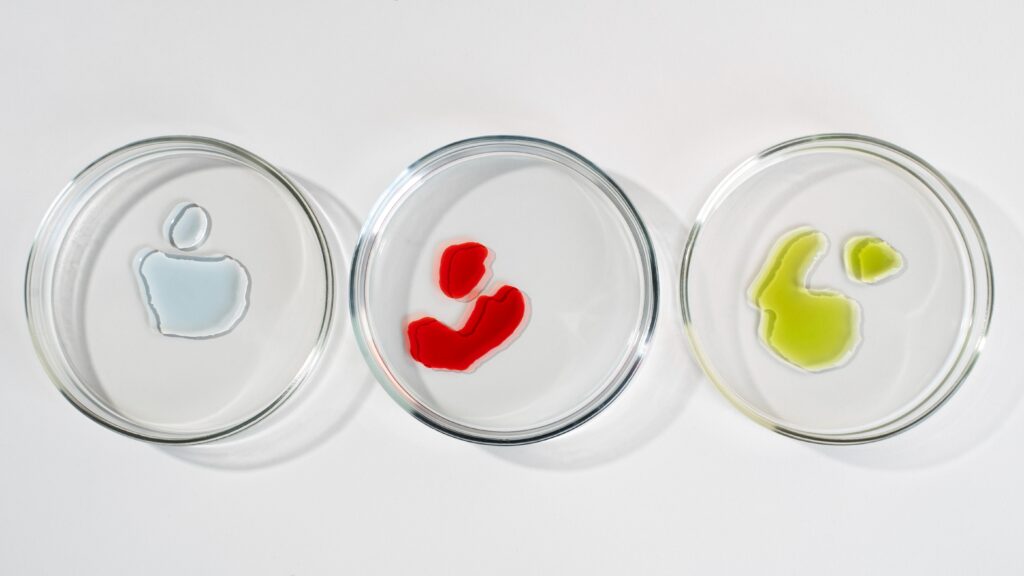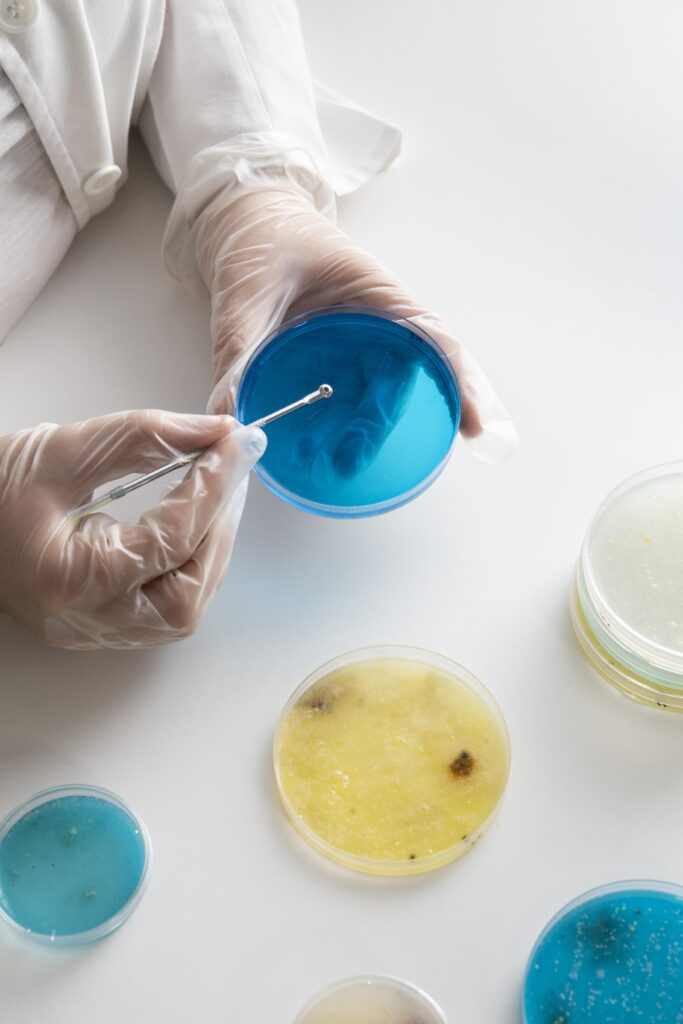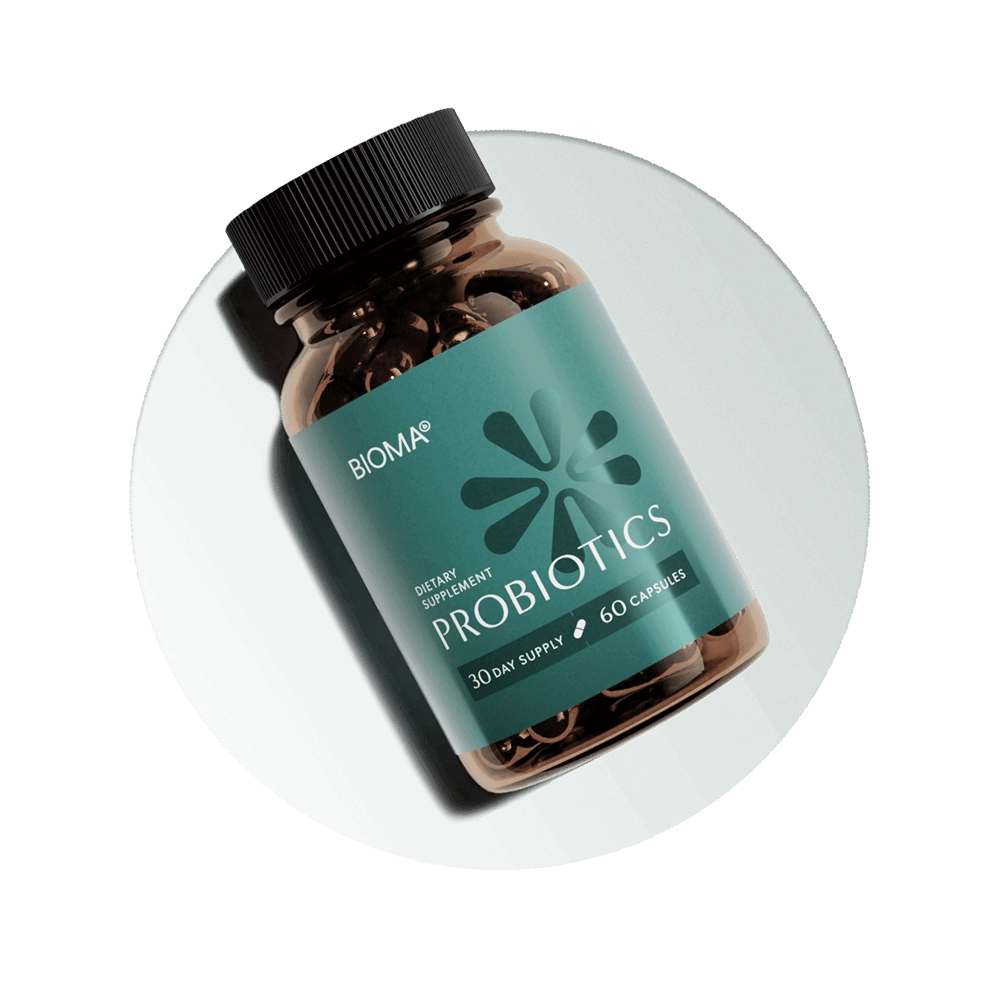Gut Microbiome Testing: Do You Really Need One and What Can It Tell You?

Gut microbiome tests have become one of the most popular wellness tools in recent years. Many people hope they will finally explain digestive discomfort, irregularity or bloating. Others are simply curious about their microbial diversity and want a deeper look into the ecosystem inside their gut. As appealing as these tests sound, the real question is whether you genuinely need one or whether you can support your gut effectively without investing in testing microbiome data at all.

What Are Gut Microbiome Tests and How Do They Work?
Gut microbiome tests analyze the bacteria, fungi and other microorganisms living in your digestive system. Most modern microbiome tests use DNA sequencing technology, which detects microbial genetic material in a stool sample. This approach allows companies to identify the relative abundance of different species and the overall structure of your microbial community.
When people search ‘’how to test your microbiome’’ they often imagine something complicated. In reality the process is simple. You collect a small sample at home, mail it to a lab and receive a digital report. The report usually includes the diversity of your microbiome, the presence of specific microbial groups and general descriptions of what these microbes are known to do.
Understanding this process helps you evaluate whether gut microbiome tests can provide the answers you are looking for.
What Gut Microbiome Tests Can Reveal
Microbiome testing can offer valuable insights if interpreted correctly. One of the most important pieces of information is microbial diversity. A diverse microbiome is often associated with better digestion, resilience and overall well-being. Low diversity can signal that your gut may benefit from dietary changes or probiotic support.
Some tests also show the balance between beneficial bacteria and bacteria that may contribute to discomfort when overly abundant. This does not diagnose disease but helps people understand why they might experience certain symptoms.
Another helpful feature is the evaluation of fermentation patterns. Your gut microbes break down fibers and produce compounds that influence energy, mood and bowel motility. Seeing which microbes dominate can help you tailor your diet to include more gut-friendly foods or adjust fiber intake.

Limitations You Should Know Before Testing Your Microbiome
Despite their potential these tests have meaningful limitations. Microbiome research evolves quickly and scientists still do not fully understand what an ideal microbiome looks like for each individual. Results are often descriptive rather than diagnostic. You may receive a long list of bacteria yet still have no clear conclusion.
Microbiome tests cannot tell you which foods you are intolerant to. They also cannot identify diseases or provide medical instructions. Even the best gut microbiome tests cannot predict how you will react to specific foods or supplements with perfect accuracy because many factors influence digestion including stress, sleep and hormonal balance.
Another important limitation is that microbiome composition changes frequently. A single test offers a snapshot of one moment which may shift depending on recent meals or short-term changes in routine.
Understanding these limitations helps you avoid relying too heavily on a single report.
| What Microbiome Tests CAN Reveal | What Microbiome Tests CANNOT Reveal |
|---|---|
| Microbial diversity | Food allergies or intolerances |
| Relative abundance of bacteria | Medical diagnoses or diseases |
| Possible imbalance patterns | Exact foods you should avoid |
| Fermentation tendencies | Immediate treatment decisions |
Should You Get a Gut Microbiome Test? When It Makes Sense
Microbiome tests can be helpful for people who enjoy data and want detailed insight into their internal ecosystem. They can also be valuable for individuals who have ongoing digestive discomfort and want a clearer picture of microbial diversity before making lifestyle changes.
Another reason to consider microbiome tests is to track progress. If you are introducing more gut-friendly foods, adjusting your diet or working with a nutrition professional, a test can help you see whether your microbial profile becomes more balanced over time.
People who appreciate structured information often find these tests motivating because they highlight how daily habits influence microbial composition. When used thoughtfully, testing microbiome patterns can complement your overall wellness strategy.
When a Microbiome Test Might Not Be Necessary
Many people assume they need a microbiome test before improving their gut health but that is not always true. If your main goal is to feel less bloated, experience more regular digestion or have better energy daily habits may be enough.
Increasing fiber, diversifying vegetables, eating fermented foods and integrating probiotics often lead to noticeable improvements even without test results. Microbiome tests are optional tools not mandatory steps.
If your digestion improves with simple changes you may not need to invest in a test at all. Sometimes the body responds quickly to supportive habits which means the decision to test becomes more a preference than a requirement.

How to Support Your Gut Even Without a Test
A balanced gut does not depend on a test result. Gut-friendly foods such as vegetables, berries, beans and fermented products help nourish beneficial bacteria. These foods create an environment that supports comfort and regularity.
Gut-friendly meals built around whole ingredients are great for resilience especially when paired with consistent hydration and a steady eating rhythm. Many people also benefit from probiotics which help maintain microbial diversity whether or not they choose to test microbiome composition.
Products like ours can support this process by offering targeted strains that complement dietary improvements. This approach allows you to strengthen your microbiome without relying solely on gut microbiome tests.

Related articles



